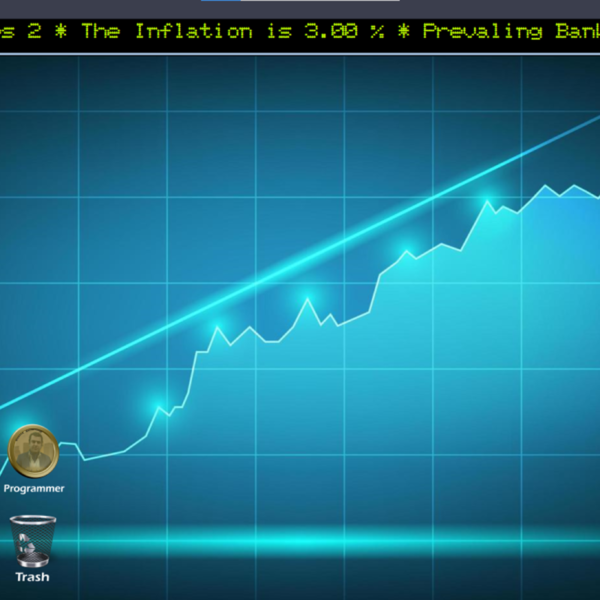This program aims to provide a comprehensive set of tools and financial models that help companies analyze their financial performance and make well-informed strategic decisions. By relying on clear assumptions and accurate predictive models, users can explore various financial scenarios and assess their sensitivity to market changes, as well as calculate the break-even point to ensure profitability. The program offers a detailed and thorough view of financial systems and forecasts, enhancing companies’ capacity for effective financial planning.
The main features of the program include:
– **Assumptions**:
A list of fundamental assumptions on which the financial model is based. These assumptions include economic factors, market expectations, and performance standards used in financial data analysis.
– **Prediction Hypotheses Model Overview**:
A comprehensive overview of the model used for financial predictions. This section explains the main assumptions, mathematical or statistical methods adopted, and how future performance is forecasted based on historical data.
– **Master Projection Financial Model**:
A primary model for financial projections, allowing the creation of multiple scenarios based on different inputs. This model is used to forecast the company’s overall financial performance over a long period.
– **Scenarios and Sensitivity Analysis**:
Enables the analysis of various potential financial scenarios (such as optimistic, pessimistic, and realistic scenarios), along with sensitivity analysis to understand the impact of specific changes on financial performance, aiding in informed decision-making.
– **Break-Even Point Calculation**:
Calculation of the break-even point, which indicates the sales level that balances revenue and expenses, meaning no profit or loss. This calculation helps the company understand the minimum level required for profitability.





